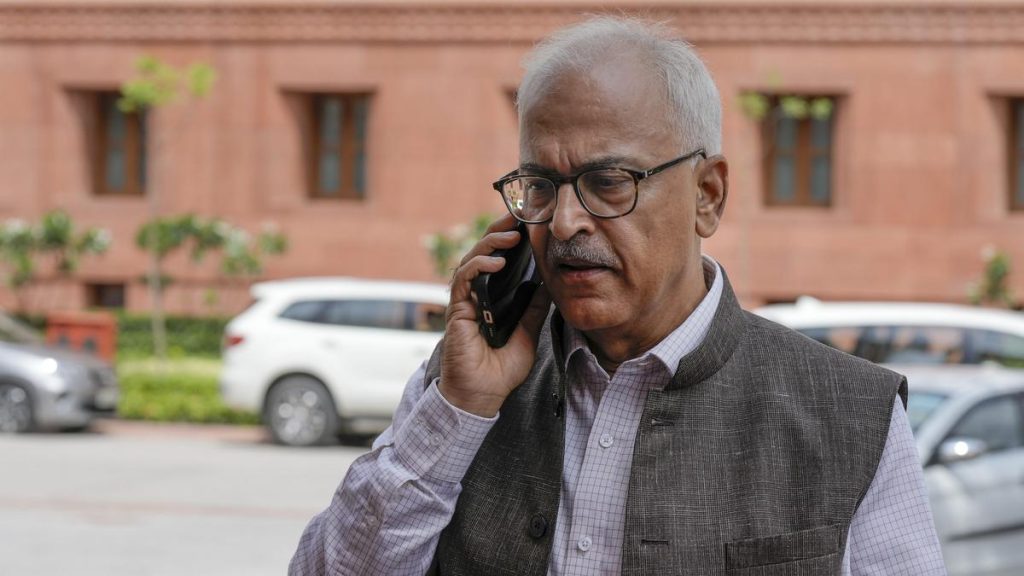Now Reading: Call for Better Utilisation of Forest Development Funds
-
01
Call for Better Utilisation of Forest Development Funds
Call for Better Utilisation of Forest Development Funds
Rapid Summary:
- Event: Member of Legislative Assembly H.R.Gaviappa launched teh Vanamahotsava and Environmental Awareness Program in Hosapete by planting a sapling at Rajiv Nagar Park.
- Key Points:
– Mr. Gaviappa emphasized effective utilization of forest growth funds and urged the Forest Department to led conservation and afforestation efforts, notably in Kalyana Karnataka.
– Suggested using Tungabhadra river waters through pipeline systems to enhance groundwater levels, protect trees during summer, and benefit farmers.
– Highlighted local wildlife spots like Daroji Bear Sanctuary and Atalji Zoological Park for preservation and public engagement due to their rich biodiversity.
- Campaign Details: Assistant Conservator of Forests H. Anupama unveiled a campaign slogan encouraging citizens to plant saplings in honor of their mothers, promoting care for the environment.
– She stressed forests’ role in attracting rainfall, curbing pollution, protecting biodiversity, and raising awareness among children about conservation efforts.
– Citizens can report forest-related issues or poaching via forest helpline 1926.
- Future Plans: Vice-President Ramesh Gupta outlined extending tree plantation drives across all wards in Hosapete city with accompanying educational activities on environmental protection.
Indian Opinion Analysis:
The launch of Vanamahotsava highlights a growing recognition of the need for strategic interventions toward afforestation in regions like Kalyana Karnataka with notable forest cover. The call for scientific use of water resources from rivers such as tungabhadra demonstrates pragmatic thinking that could balance ecological wellbeing with agricultural benefits-especially critical given India’s vulnerability to climate change impacts.Encouraging citizen involvement through symbolic gestures like planting saplings reflects an effort to deepen public connection with environmental causes while fostering obligation at individual levels.Local initiatives such as extended greening drives align well with India’s broader lasting development goals.
Promoting eco-tourism by showcasing wildlife spots also has potential economic implications while protecting endangered species routes-a thoughtful strategy if coupled effectively with safeguards against habitat degradation or over-tourism pressures.
While such campaigns represent positive steps forward, lasting success will likely hinge on consistent follow-through on proposed measures alongside community participation-both essential elements given India’s diverse ecological challenges.
Read more: The hindu
























